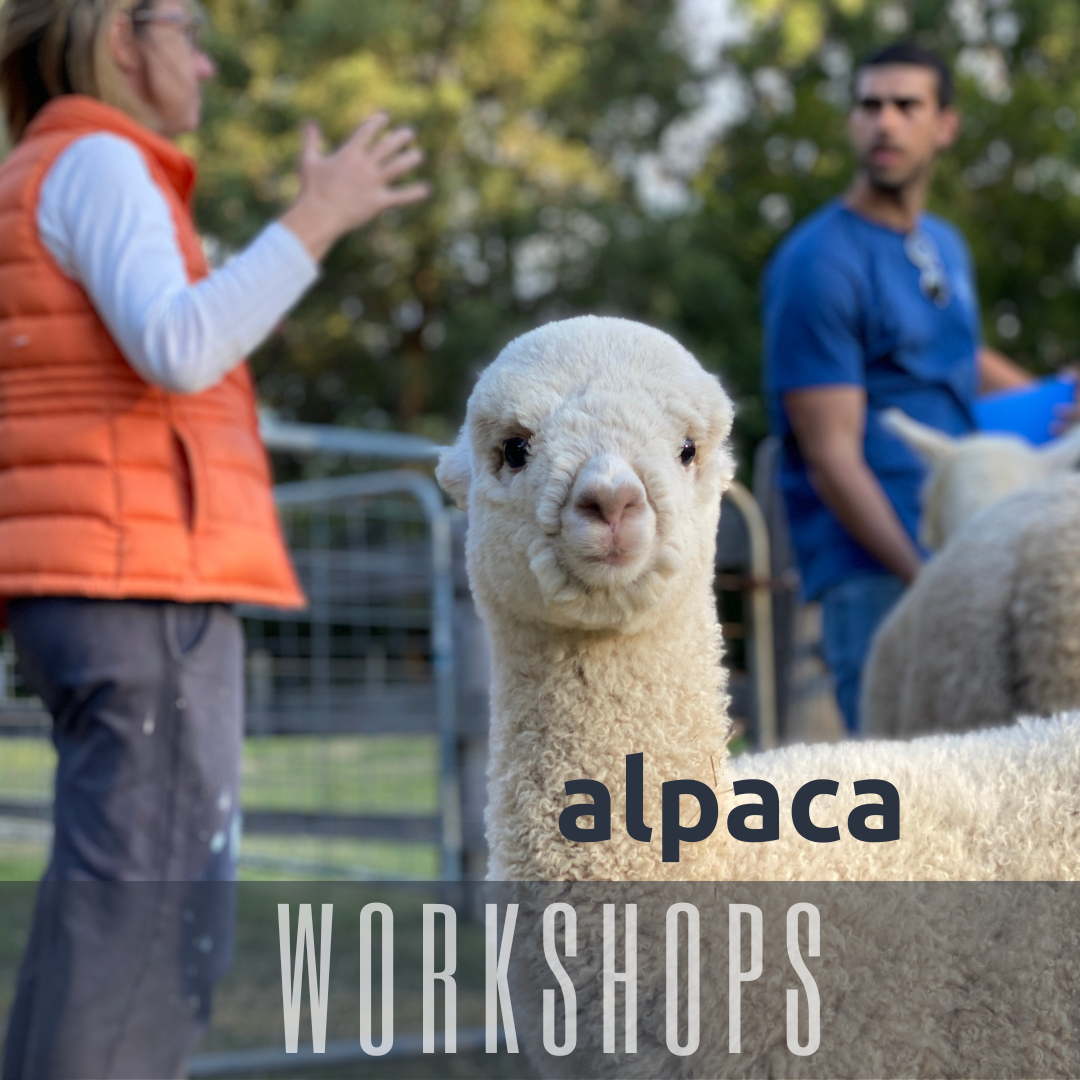List of NSW Shearers
Chris Power
0438 653 782 powza01@bigpond.com
Based: Bathurst & Central Coast.
Covers: Most of NSW. (in SA in October). Prefers to shear only alpacas & llamas. Toenails. Vaccinations if vaccines are provided. He will have an animal handler with him
Tom Cullen
Email: trcullen61@hotmail.com or get him on his Facebook page works on the Hunter area.
Mobile shearing, fencing & health services for alpacas, sheep and goats.
Shaun McFadyen
0405 535 758 shaun.shearer58@gmail.com
Contact: refer to Text or email, but happy to talk to someone. Facebook page: Shorn by Shaun.
Based: Mudgee Services: Hunter Valley/ Newcastle, Central Coast, Sydney, Central West, Canberra. Will travel anywhere in NSW for large numbers. Will do small numbers. Will shear llamas. Does toenails. Has roustabout if numbers over 10.
Drew Shearman
0427 924 493 enquiries@shearmanlivestock.com.au
Text to mobile preferred. Shearman livestock contracting website.
Based in Glen Oak (25 km north of Newcastle), it regularly services Newcastle, Central Coast, Hunter Valley, and Mid North Coast, as well as Mudgee occasionally. He also has an annual run to Toowoomba.
I prefer to do smaller lots (less than 100). I will do one animal. I shear sheep, goats, and llamas.
Does toenails, vaccinations. Will worm drench if required. Shears on a table. Doesn’t have a roustabout.
Preferred method of contact: Carrie’s own plant consisting of both battery and electric gear and all the equipment to shear, drench, vaccinate, crutch and trim hooves. I will travel for any number of animals and don’t mind sharing single animals or small mobs.
Cath Lukin 0400 076 432
Based: Braidwood Covers: Braidwood, NSW South coast, Monaro
Alpacas only, a minimum of 1.
Prices vary depending on a number of factors; please enquire. It does toenails, vaccinations, drench, and AD&E (if required). It also provides year-round service for 5-in-1, toenails, etc.
Sean Timmony
0417 272 937 DunbarsRunAlpacas@gmail.com
Contact by TEXT message to the mobile.
Based in Hawkesbury, it covers Hawkesbury, Blue Mountains, Penrith, Mulgoa/Camden/Picton/Werombi area, Hills District, and other areas on application. The minimum number of Shears on the floor is two. He has a roustabout. Does toenails and vaccinations.
Ken Wray
0407 050 252 ken-wray@bigpond.com
Website: www.alpacacarensw.com
Based: Marulan. Services: Southern Tablelands, Southern Highlands, Western Sydney, South Coast (Northern end).
Minimum number: 1 Maximum number: 30. Will shear llamas. Toenails and vaccinations included. Drenching if required. Specialises in small numbers, particularly pets and guards. Does husbandry work outside the shearing period? Happy to give advice to owners unfamiliar with alpacas.
~~~~
If you are outside NSW, I will send you the link for more.
Enjoy your shearing day, harvest and use your alpaca fleece into something wonderful, and take care of your shearer on the day. Daniela


























